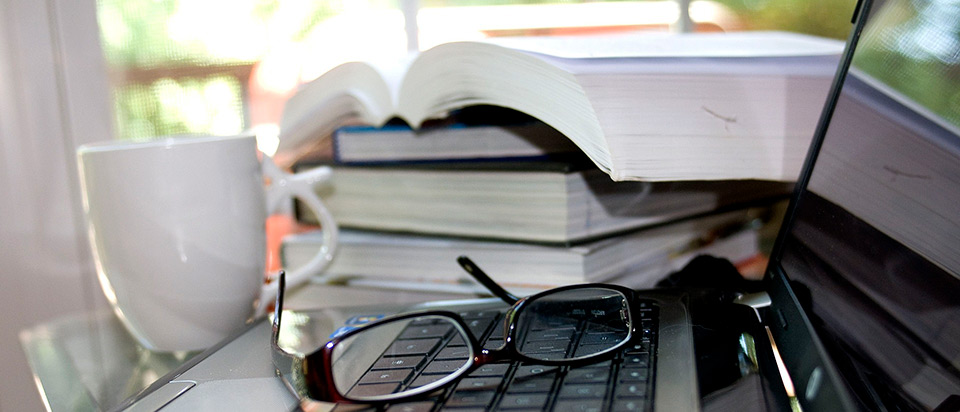Third-grade practical science activities
Practical science activities engage children more than anything another subject in school. Significant ideas are easy to grasp when children see them done. Engage children to do my science homework assignments and you will see how interesting it is for them. The following third-grade practical science activities are enjoyable to children when done at home or in school. It is also well-ordered fair science projects for children to discover when they are alone.
Demonstration on Play-Doh
Demonstrate to children the piles of earth layers, with the use of Play-Doh, and let them take the core sample.
Create sun prints for display
This project requires a special paper that is easy to get and inexpensive. From the project, children learn chemical reactions from the sun’s control to make unique artwork.
Project videos of stars
Please make use of YouTube videos to explain to them why stars are visible at night only
Use paper clips and magnets to demonstrate laws of gravity
The use of magnets in the classroom for children is exciting. Do natural and straightforward experiments to explore the impact of magnets on metallic objects and laws of gravity.
Create fossils from glue
Cast fossils from natural objects molded from school glue. Attempt this before visiting the history museum.
Discover buoyancy from water balloons
Pour different solutions (plain water, salt water, oil, etc.) into water balloons and put them in a big water bucket to test buoyancy.
Use jumping goop to discover static electricity
To demonstrate static electricity to third-grade children, attempt to rub a balloon on your head.
Make natural-dye markers
Teach children the procedure of mining natural dyes and make your markers, and let children utilize markers to develop beautiful masterpieces.
Create bouncing bubbles
Inspire these kids to create bubbles out of mixed soap solutions.
Crystallize fall leaves
All children like crystals. Help them crystallize colorful leave and use them as a classroom decoration.
Locate the center of gravity for robot
Print a robot drawing, cut it, then color it. Using glue stick coins to its back and let students locate the center of gravity.
Build an umbrella
Using simple and readily available household supplies, challenge children to build the best umbrella.
Study the impacts of soil erosion
Make a comparison of the effects of rain on soils covered with grass and bare soil. Let the children predict the soils that will withstand soil erosion.
Using milk and cookies demonstrate scientific methods
Let children dip cookies into milk and document what they see.
Blow water through a whistle
Let the kids explore the science of sound by creating whistles out of water and straws.
Build marshmallow catapult
To develop this simple device, you will need the following rubber bands, pencils, and an old tissue box. Marshmallow catapult will allow kids to appreciate gravity, air resistance, and trajectory
Investigate water temperature using salt and ice
This experiment investigates how salt and ice influence temperatures; it is a compelling example of freezing point and heat transfer.
Colors experiment
Use markers and coffee filters separate from mixed colors. This a good chromatography science project for kids.
The science behind bath bombs
Bathroom bombs make bathing enjoyable and fun. Investigate the chemical reactions that make this possible, and be careful.
Grow sweet potatoes
Sweet potatoes sprout out of tubers, and under favorable conditions, new shoots sprout. This experiment discovers the science behind cloning.
Convert crayons to rocks
Illustrate the influence of pressure and heat on pencils. It explains different kinds of stones to your students and makes an excellent introduction to geology.
